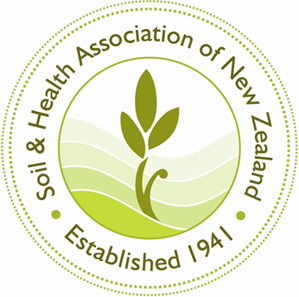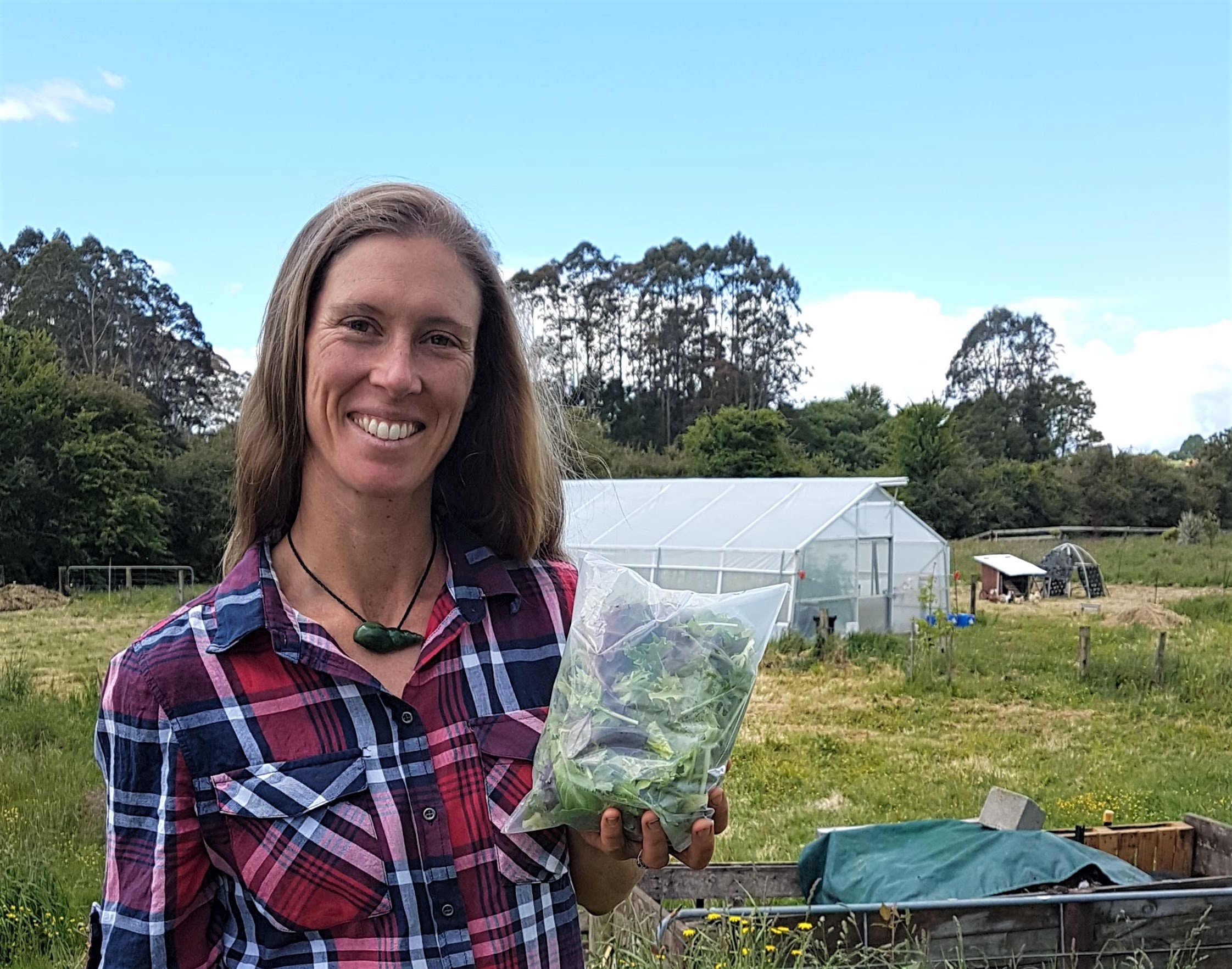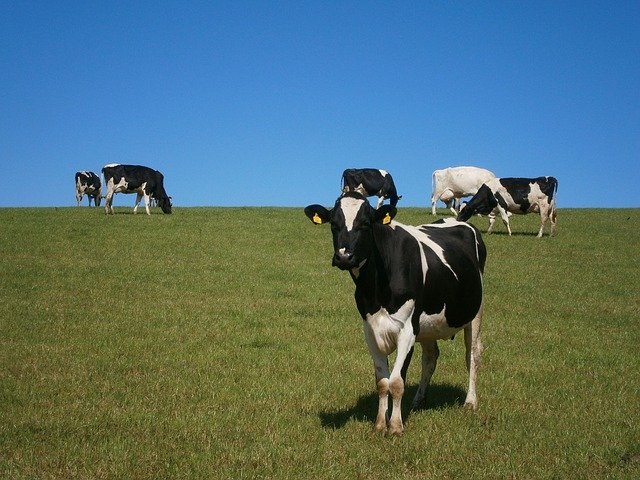Detectable levels of the invisible and odourless, carcinogenic and neurotoxic methyl bromide gas have been found at Picton’s wharves during log fumigation activities.
Monitoring devices at Waitohi Wharf next to the interisland ferry terminal, and at Picton Wharf at the Picton marina recorded methyl bromide gas during venting of fumigated log stacks in nearby Shakespeare Bay in January.
“Methyl bromide within the Picton area and at the ferry terminal is something we have long predicted, and needs to stop immediately,” said Soil & Health Association of NZ spokesperson Steffan Browning.
“Allowing methyl bromide gas to seep through the ferry terminal is no way to welcome entrants to clean green 100% Pure Aotearoa New Zealand’s South Island. Recapture technology is available now, so no methyl bromide needs to reach the ferry terminal or Picton.”
The Marlborough District Council Environment Committee received a report last week on January 2011 fumigations showing methyl bromide gas was drifting from the Shakespeare Bay log fumigations through the ferry terminal towards Picton.
“Soil & Health-Organic NZ, and local group Guardians of the Sounds, have previously pointed out that just because methyl bromide was often not detected at the Port fence lines, it did not mean that it was not getting to the ferry terminal and Picton. We have been vindicated, and either fumigation must be stopped, or recapture of the toxic fumigant must be set up immediately.”
Monitoring at the Port fence line uses technology measuring parts per million, although the recent results are in parts per billion, which is lower than that required by the Environmental Risk Management Authority (ERMA). Air monitoring only indicates gas levels at the monitor site. Weather conditions also effect the concentration of gas at any particular point.
“A recording at one point may not represent what is happening 20 metres away, and ERMA staff have also acknowledged the difficulty in determining where the gas will go at Picton following ships holds or tarpaulins being opened for fumigant release.”
Port Nelson uses recapture technology when fumigating containers or sawn timber, but logs requiring fumigation are generally sent to Picton or shipped through Tauranga or another port for fumigation in the ship’s hold. Recapture technology is able to be used in log stacks under tarpaulins but gas recapture costs mean transporting logs to a more permissive fumigation facility is preferred by log exporters.
“Monitoring is a sop to the local community while log fumigation with the toxin is able to continue, with the gas being released to the atmosphere even though charcoal filter recapture technology is immediately available,” said Mr Browning.
“With record log prices, there is no longer an economic excuse for the timber industry or ports anywhere in New Zealand to expose local communities, ferry passengers or the atmosphere to the ozone depleting, carcinogenic and neurotoxic gas.”
Soil & Health – Organic NZ has campaigned for decades against the use of methyl bromide use and has a vision of an Organic 2020.
Notes:
Methyl bromide (CH3Br) is an odourless, colourless gas, used as a pre-shipment (QPS) fumigant pesticide that kills all pests and is extremely toxic to humans. Human exposure to methyl bromide has potentially serious acute impacts on the central nervous system and internal organs that can be fatal, with a range of neurological effects associated with chronic exposure. Deaths of workers at Port Nelson from motor neurone disease statistically linked to methyl bromide exposure, predicated the Environment Court case that has restricted the release of methyl bromide there.
New Zealand’s increasing log exports are the largest user of methyl bromide here. New Zealand has an obligation under the Montreal Protocol On Substances That Deplete The Ozone Layer to minimize methyl bromide emissions and recover and recycle to the extent possible. Use in New Zealand has risen at least tenfold since signing the Montreal Protocol in 2001, with expectations of significant further increase in parallel with record log exports.





